With global warming here to stay what human beings need to work around now is saving their carbon footprint at every possible cost.
While industrial, government and civic organizations are racking their brains trying to figure out new ways and means to save the planet for future generations, laypersons also can do their bit towards this critical cause. And trust us there’s no rocket science involved in deploying methods to transform your home from an emission-producing powerhouse into more of a greenhouse. Only simple steps like – being aware of energy-saving benefits; making the switch from waste-producing products to more environment- friendly products say solar heaters, solar energy, satellite-controlled water sprinkling systems etc.
Benefits of Going Green
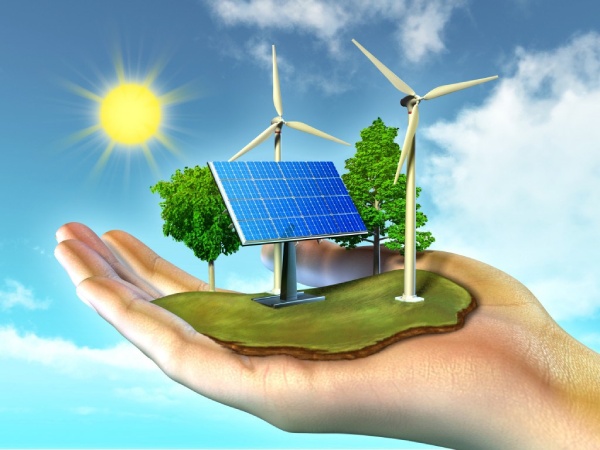
Adopting eco-friendly practices can offer a lot of pluses as they:
- Reduce your carbon footprint.
- Help you save money and use it for other good things (foreign trips, celebrations, buying a gadget et al).
- Eliminate the stress that steep monthly energy bills bring to the fore.
- Sustain natural resources.
- Enable you to be a green warrior by promoting environment-friendly practices to others in the community.
Let us first learn what a green building is and then proceed further with tips and green building practices…As stated in “National Conference on Renewable Energy 2010”, “Green building is an outcome of design philosophy which emphasizes on optimum utilization of resources and increases the efficiency of resource utilization. Green building also referred as sustainable building is the practice of creating structures and using processes that are environmentally responsible and resource-efficient throughout a building’s life-cycle: from sitting to design, construction, operation, maintenance, renovation, and deconstruction.”
Green Practices
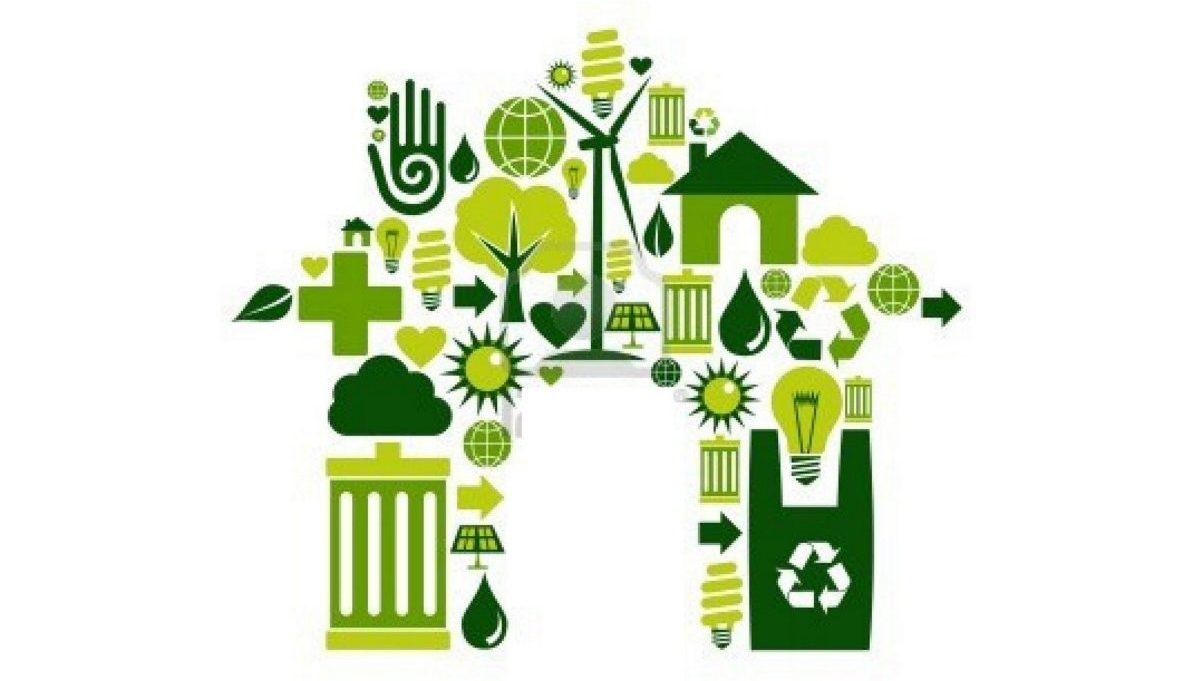
Gharpedia shares some useful energy-saving tips to create a green space for you and your family:
The tips are useful not only while you are constructing a new house but also for retrofitting your existing house to a greenhouse.
Green Practices on a Local Level
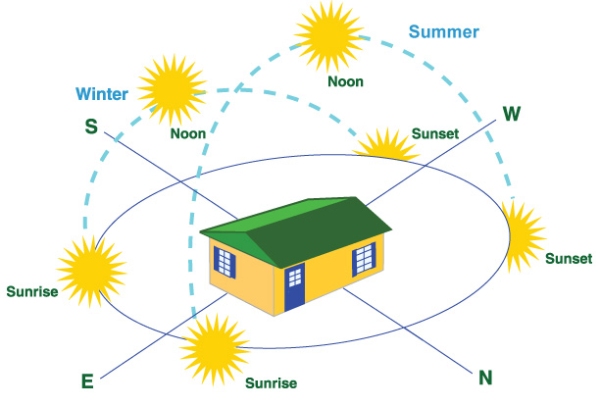
Prior to zeroing-in on a property for yourself ensure the following:
- Avoid west-facing houses as reduction in sun-exposure will help keep your house naturally cool.
- Refrain from building houses in sensitive locations which are earthquake, hurricane or flood-prone.
- Ensure access to public transportation and essentials like grocery, medicines, banks etc. to cut down on usage of private vehicles.
Good Things Come in Small Packages:
Weigh the environmental impact of a small self-sufficient house against a palatial one. Heating and cooling the latter will cost you a bomb. Opt for keeping the outfit manageable and cost-effective.
Look Out for the ENERGY STAR Label on Appliances
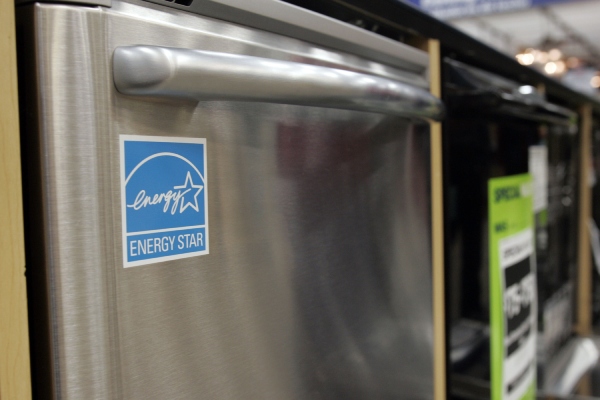
More and more consumers are going for the ENERGY STAR Label which certifies that the particular product has been deemed as energy efficient by the Environmental Protection Agency (EPA). These appliances offer significant cost and energy savings without compromising on performance.
A new player in the window market is energy-efficient windows labelled as ENERGY STAR windows where a low rating is directly proportional to the energy efficiency. Albeit slight expensive, the energy savings provided by these windows more than compensate for the cost. Apart from energy efficient window opt for 4 / 5 star rated air conditioners, refrigerators and variable frequency drive pumps.
Insulation to Reduce House’s Energy Consumption
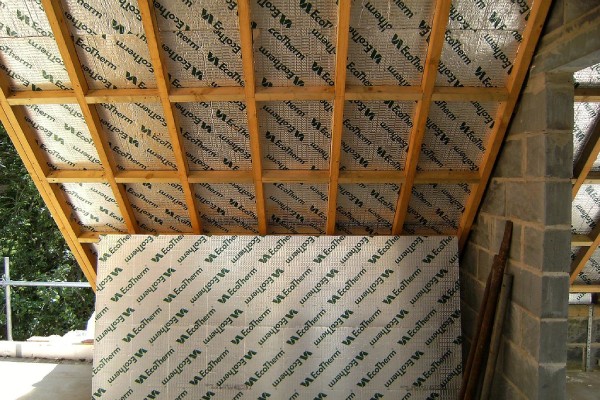
With heating and cooling accounting for 50 percent of a house’s energy consumption, insulation plays a pivotal role in the formation of a green home; besides substantially lowering electricity bills. Insulation means ensuring that there are no air leaks around windows, door and ductwork. Have good roof insulation, while using glass, see that your glass which transmits less heat without compromising light.
The Golden Rule of Green Practices – Reduce, Reuse and Recycle

- Reduce buying environment-unfriendly products. Clay bricks, original Portland cement i.e. OPC are some classic examples. Instead use AAC blocks, fly ash bricks or Pozzolana cement in PPC.
- Reuse old material (wooden floors, doors, windows) in your next home.
- Use recycled material (glass, aluminum, tiles, lumber and plastic) in building your green homes.
Opt for Sustainable Building Material
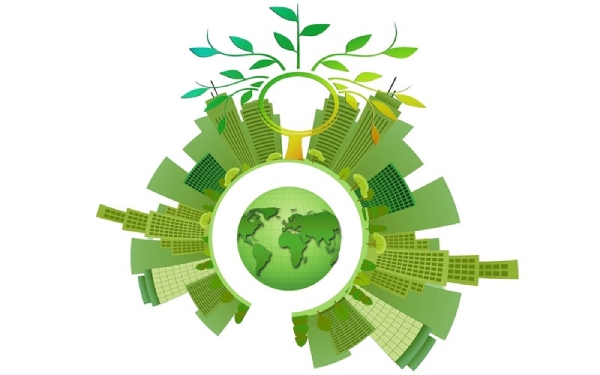
In case you are building a house then eco-friendly products are a mandate for reducing the impact of construction on the environment. This rule can be applied to everything – right from roofing material, building material, cabinets, counters and insulation … up to flooring. The product options are galore – reclaimed lumber, recycled plastic, recycled glass or natural products such as bamboo, cork and linoleum which are made of natural, renewable material or use such materials which has maximum recycled content. Most manufacturers produce such materials and are easily available.
Solar Energy … The Way Forward of Green Practices

Touted as the most clean and renewable source of energy, solar panels are an emerging and hot technology for people who want to utilize the natural power perennially available in tropical countries: the sun. Although a bit expensive to install, solar panels translate into long-term savings as they reduce energy consumption; add to this the allied government grants, incentives and tax- breaks for solar power users and you have a winning formula in place! The payback time has now reduced to almost 4/5 years due to such incentives and constantly reducing cost of solar panels.
Rainwater Harvesting Systems and Solar Water Heaters (Natural Gas Based)
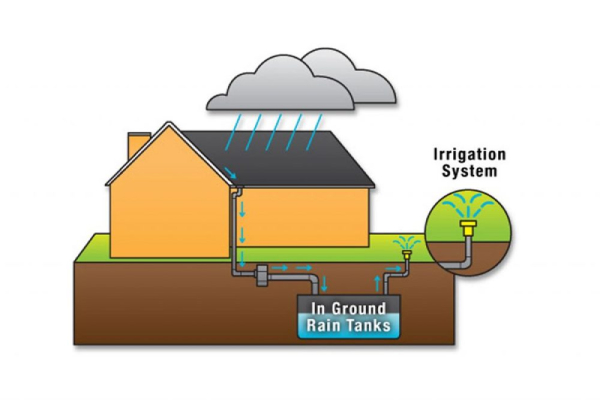

With water becoming a precious resource, more and more people even in urban areas are adopting rainwater harvesting practices through which rainwater is collected from roofs and stored in a tank and used for purposes varying from sprinkler systems to toilets. In this monsoon, if you want to get rainwater harvesting solutions, you must surely read this:
A solar water heater is a combination of three varied components – a solar collector, an energy transfer system, and a storage tank. The main component of a solar water heater is the solar collector array that absorbs solar radiation and converts it into heat. This heat is then absorbed by water that is later passed through the collector, and eventually water gets heated. This hot water is then used for various domestic purposes. If you want to know in detail about solar water heater, we have an additional blog for you describing its benefits:
Another innovative concept is tankless water heaters – which heat only that much water that is needed as it is passed through electric coil. This provides consumers with the dual benefit of – eliminating excess energy costs and ample storage place. So, if you want to know which tankless water heater is best for you, we have a guide for you. Here it is:
Opting for Eco-Friendly Lighting as a Green Practice

Although the upfront cost of LED and CFL vis-à-vis incandescent bulbs is more but in the long run they are energy-savers as they use less energy and last longer.
Select Water Conserving Fixtures for Your Green Homes
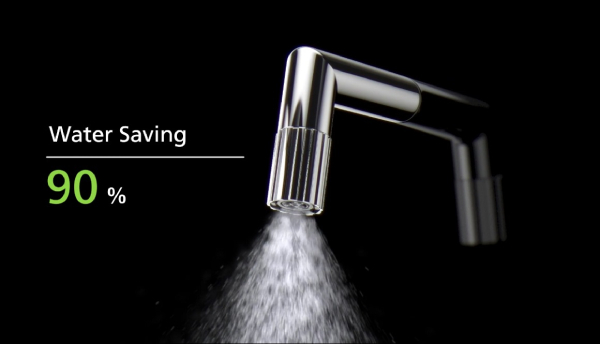
Water can be conserved by maximizing installation of low flow faucets, toilets, flush tanks, showerheads et al in your house. Also do a careful product recce – in terms of water and energy saving – prior to purchasing washing machines and dishwashers. Use 4/6-liter capacity efficient flush tanks instead of old 10/12-liter inefficient flush tanks.
Install Programmable Thermostat
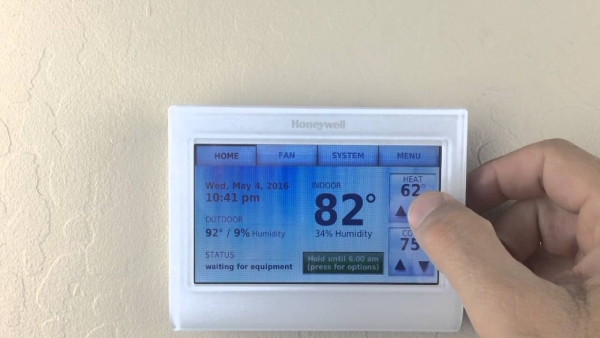
The easiest way to cut down on heating and cooling cost of our houses is installing programmable thermostat. As all are well-aware the HVAC system will work when the thermostat reaches the designated temperature. A friendly tip – you can save 3-5 percent of your energy bill by lowering your thermostat degree by one in the winter; and raising it by one in the summer.
Do Not Compromise on HVAC System to Participate in Green Practice
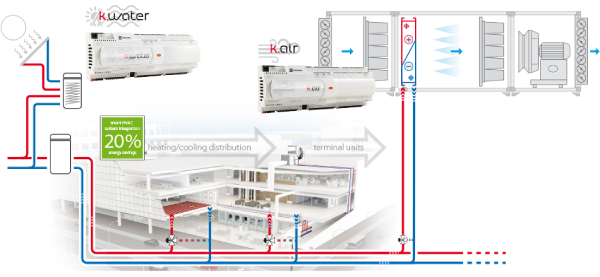
Buy a high efficiency, Energy Star rated HVAC system to enable you save energy and money. Also do ensure that it is adequately installed to up its performance potential – ducts need to be short, straight and airtight; besides being professionally tested with the goal of under-10 percent leakage.
Effective Landscaping
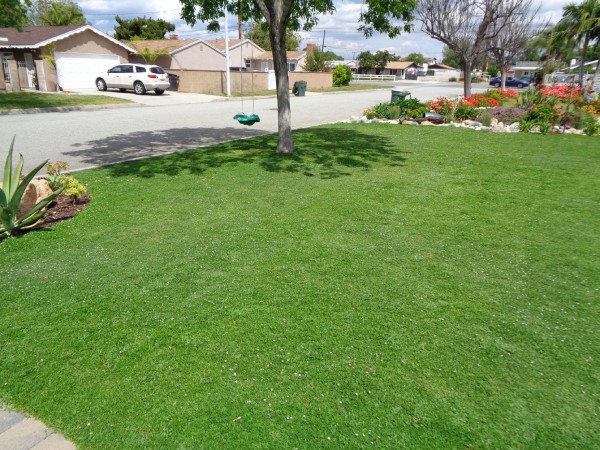
Efficient landscaping not only protects your house from direct sunlight during the summer; but also facilitates passage of sunlight to your home through windows during the winter. Surprising, right? Well it’s elementary dear Watson! Trees planted on the southern and western side of your house can cool your home during summer as they block sunlight from falling directly on it; and during winter, when these trees shed their leaves, they allow more sunlight to reach your home. Landscape is not only beneficial to protect houses from sunlight or keep them cool, but indeed, it helps to create blissful outdoor spaces.
Use permeable external pavements so as to decrease storm runoff. Also use silt collecting mechanism before discharging stormwater to public drains so that you help keep the rivers clean.
Whenever you are painting house use low VOC i.e. Volatile Organic Compound paints as it will improve your indoor air quality. Also use low VOC chemicals like sealants, adhesives (Tericol) etc. And never use those house cleaning chemicals which are not low VOC. Most manufacturers display content of VOC v/s recommended in their products.
If you buying a flat try to select the scheme which uses double plumbing system i.e. used recycled i.e. treated water for flushing, thereby saving a huge quantity of water.
Hitch Geothermal Energy
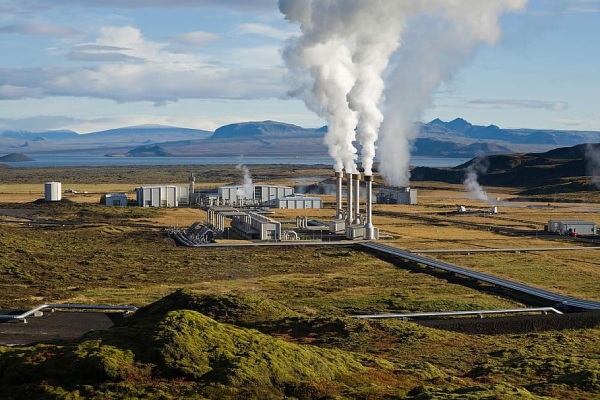
Although it requires more investment, geothermal energy (energy from the earth) provides infinite energy to heat and cool your home – while during winter the geothermal heat pump deploys the earth loop to extract heat from deep underground to your home’s HVAC system; in the summer, heat is extracted from the air and pushed back into the earth through the loop system.
Other suggested environment-friendly measures for your house include:
- Using building materials from forests that are actively being renewed generally know a PSE certified wood.
- Selecting Blown-in Cellulose Wall Insulation which is non-toxic to pack every gap and increase a home’s fire resistance by 22 to 57 percent.
- Opting for modern fresh air ventilation systems (which pump in fresh, filtered air and vent out carbon dioxide and carbon monoxide) to improve Indoor Air Quality (IAQ).
- Installing Satellite Controlled Sprinkler Systems that allow you to conserve water while efficiently watering your lawn – by using satellites to stay in touch with local weather conditions and only turn the sprinklers on as needed.
Creating and managing green homes will not only help cut down on carbon footprint but also save money and lead to long term environment sustainability. On a final note, not only do green homes help protect the environment but also end up in a major savings in the long term. As said by Sritej Bhatt, Ahmedabad, SEO (Gujarat), “there are many small but meaningful steps which all of us can take in our day-to-day life to minimize on energy consumption say:
- Turning off unused lights or appliances.
- Remembering to unplug laptops, cell-phone chargers and other gadgets.
- Opting for recyclable containers and reusing plastics for food storage.
- Creating and sticking to a family energy plan.
- Choosing safe and environment-friendly entertainment alternatives by replacing extensive consumption of television and other electronic gadgets with board games which provide a nice forum for family bonding too.
- Avoiding using the washing machine dryer during summers.
- And lots many more.
And, before you take a leave from us, here’s one of our widely read blog to have a look on which is on sustainable architecture:
Image Courtesy: Image 1, Image 2, Image 3 – redbrick, Image 4 – lsuagcenter, Image 8, Image 13, Image 14, Image 15
Author Bio
An English Literature and Journalism Topper, Huta Raval has graduated from the L D Arts College, Ahmedabad. Post serving for 23 years in the NBFC and Public Library Sectors her desire for ‘writing the unwritten’ brought her to the creative field of content writing. Her clientele comprises of NGOs, Blogging Platforms, Newspapers, Academic Institutions, et al.



